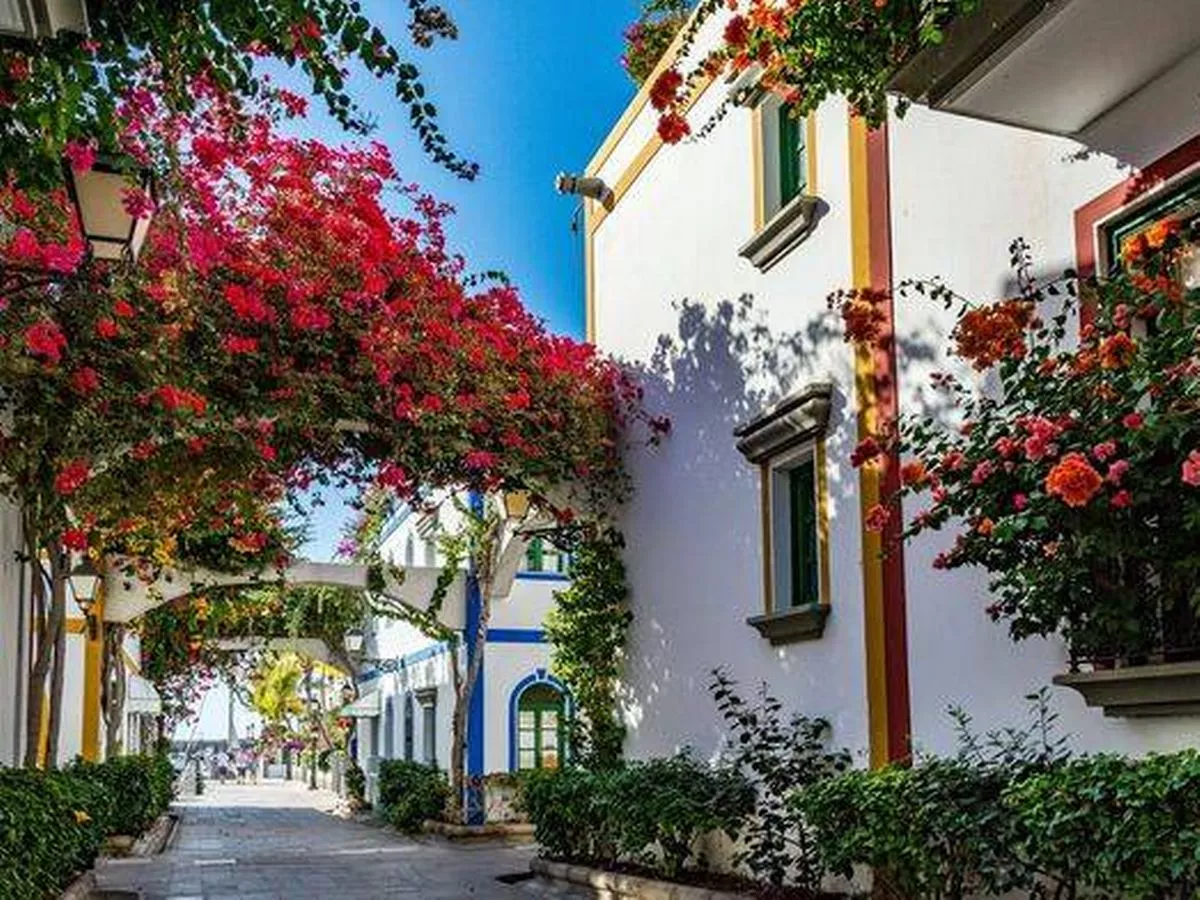By Christopher Sharp,Maria Ortega
Copyright manchestereveningnews

As the days shorten and temperatures drop, many of us start to yearn for the longer, warmer days of spring and summer . Consequently, a number of people may be considering jetting off this October to countries in the southern hemisphere, which are just entering their own summer seasons as we approach our colder winter. One such destination for adventurous autumn travellers is Mogán, situated in Gran Canaria , 93 kilometres from the capital, Las Palmas . This location boasts a microclimate shielded by the mountains, resulting in an almost year-round summer climate. What’s even better is flights to the city from Manchester Airport are as cheap as £85 (based off a week return from October 14). Reports suggest that the World Health Organisation has described Mogán as one of the places with the best climates globally, thanks to its clear skies, minimal rainfall, mild temperatures, and over 300 days of sunshine annually. At the heart of Mogán lies Puerto de Mogán, often referred to as the ‘Venice of the Canary Islands’ due to its beauty, reminiscent of the famed Italian tourist spot, reports the Express . However, unlike Venice, Mogán can be visited all year round, with average temperatures in October around 26C. Like many coastal areas, Mogán offers a range of beaches and tourist centres, including Amadores, Tauro, Playa del Cura, and Arguineguín-Patalavaca. In addition to beach visits, holidaymakers can enjoy whale watching and partake in oceanic watersports such as sailing. Once back on dry land, they can explore the historic streets of Mogán, visiting landmarks like the Church of San Antonio de Padua or the Parque de Nicolás Quesada. Despite being shielded from the harshest winter weather , Mogán and the wider Canary Islands region have not been immune to the continent’s issues, particularly regarding protests. Since the lifting of Covid-19 lockdowns and restrictions, there have been almost yearly demonstrations against overtourism in the area, with locals protesting its impact on local prices and residents. Sky reports that tourism contributes to around 35 percent of the Canary Island’s GDP, with as many as 1.7 million tourists visiting the region in March alone. Of these visitors, 32 percent were from the UK. Locals told the broadcaster that their dissatisfaction stems partly from the fact that they are not reaping the economic benefits of this international financial influx. Sharon Backhouse explained to the broadcaster that the region’s financial model has remained unchanged since it first began attracting tourists in the 1980s. This means it hasn’t adapted to accommodate its current and established popularity. The model was advantageous to investors who were only required to pay a four percent tax and could repatriate the profits earned back to their company’s home country, a system Sharon hadn’t altered. She concluded: “It is absurd to have a system where so much money is in the hands of a very few extremely powerful groups, and is then funnelled away from the Canary Islands.”